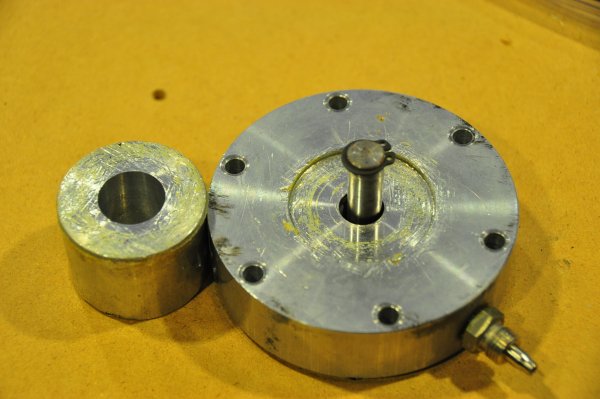Hi Francisco
Got the Takasuki SSP-6GA air pump with Forsell three cylinder silencer air supply setup just for the platter air bearing. Considering the factory drive motor is an AC Synchronous type fixed 600 rpm speed Hurst motor, other than changing the AC supply 60hz frequency, how do you adjust platter speed? Or does your Forsell have rock solid speed performance even with its original factory setup?
Thanks,
Ki
Got the Takasuki SSP-6GA air pump with Forsell three cylinder silencer air supply setup just for the platter air bearing. Considering the factory drive motor is an AC Synchronous type fixed 600 rpm speed Hurst motor, other than changing the AC supply 60hz frequency, how do you adjust platter speed? Or does your Forsell have rock solid speed performance even with its original factory setup?
Thanks,
Ki








![Pieces_of_Delin_found[1].jpg Pieces_of_Delin_found[1].jpg](https://www.whatsbestforum.com/data/attachments/36/36994-49f7e5b83800bbd37d15b8383a40cd9f.jpg)
